The Quail, A Motorsports Gathering began in 2003, and has grown inside the last 16 years to become the foremost of the events which didn't begin at the very first running of Monterey Car Week in 1950 (the Pebble Beach Concours d'Elegance and the Rolex Monterey Motorsport Reunion).
The Quail holds a concours too, though it is quite different to the Pebble Beach Concours which is the primary drawcard of the week, in that each car is judged by the owners of the other cars competing in the same class, and only one car in each class is awarded, and that award is simply "Best in Class."
Best of Show

All those cars then enter the Rolex Circle of Champions, and they then compete for the Best of Show Award, judged once more by all the owners of all entrants in the show, as the best representation of historic excellence. The prize, pictured above, is one of the most coveted in the classic car calendar.

Our cover image for this story shows the Rolex Circle of Champions, with the Best of Show winner at the 2018 Quail Motorsports Gathering being the stunning 1953 Lancia Aurelia PF200C owned by Anne Brockinton Lee.
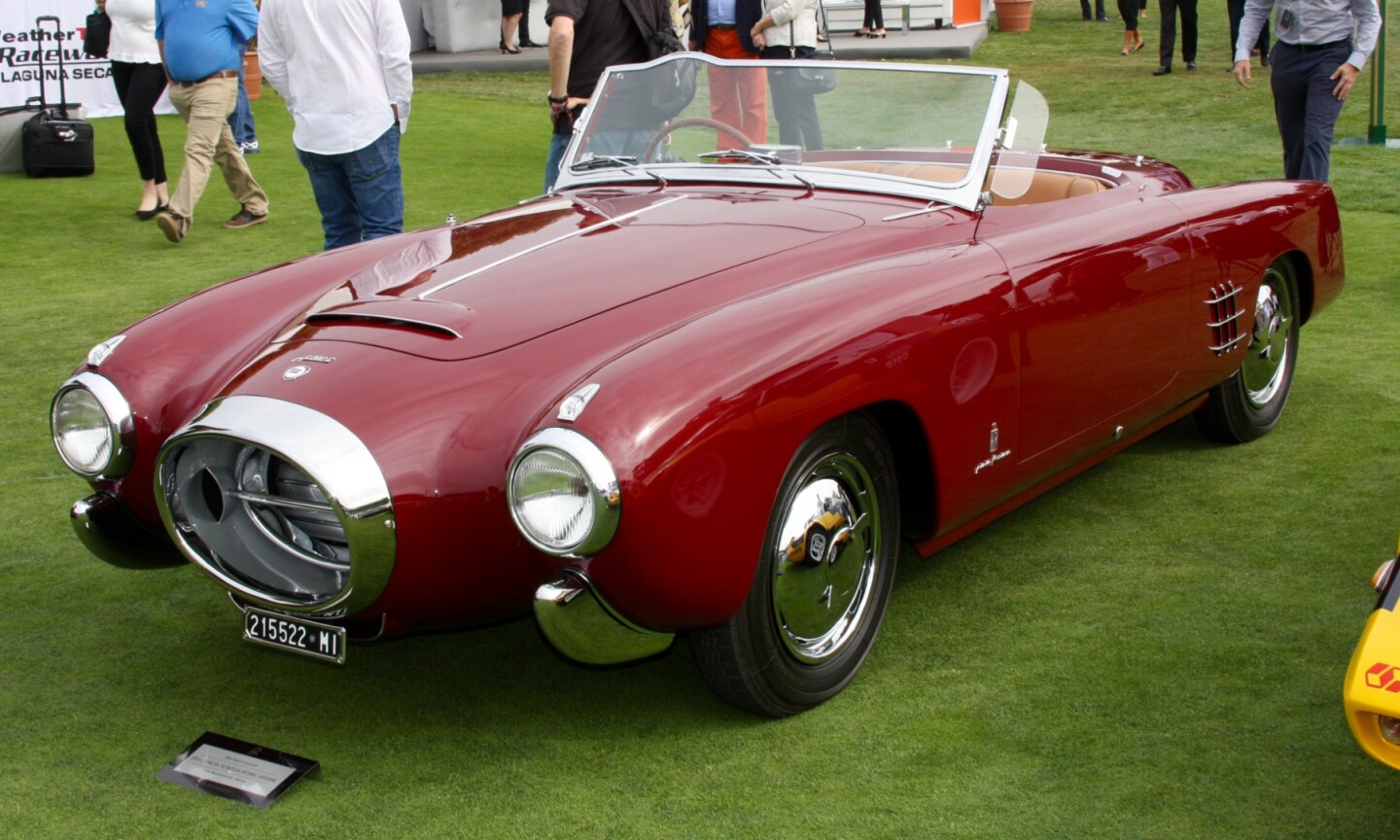
Built on a Lancia Aurelia B52 chassis, the Pininfarina concept is a one-off, no doubt inspired by the new jet fighters of the day, and was ultimately judged as the best of the 235 extraordinary automobiles displayed at the Quail. Indicating the lengths to which it is possible to go with very exclusive automobiles, this car was subjected to a 10-year restoration!

The Quail is so much more than a car show of exceptional automobiles though, because it combines exceptional food and wine as part of the experience.

Everything is included in the ticket price and because tickets are limited to enable the crowd size to be held to the optimum for a relaxed uncrowded ambiance, tickets sell out within minutes of becoming available. There are more elite tickets available which include a substantial donation to charity, and there's a premium version that includes a helicopter service to the Rolex Monterey Motorsport Reunion at nearby Weathertech Laguna Seca Raceway.

Although everyone dressed up for the occasion, there's a less-formal aspect to the event which is, well ... different.
70 years of Porsche

This year, The Quail honored the 70th birthday of Porsche sportscars. Though Porsche had been in existence since 1931, the first production car was the 356 of 1948, which began the glorious Porsche sporting heritage, at least the Porsche heritage of cars wearing a Porsche badge.
There was a special award created for the "70 Years of the Iconic Porsche 356" celebration and a 1951 Porsche 356 Pre-A Split Window owned by Mike Malamut of California got the gong.
Alois Ruf Reunion

Another Porsche-related celebration at this year's Quail was the Alois Ruf Reunion, which showcased the legendary high-performance CTR Yellowbird. Though the new CTR 2017 (left) looks like the Porsche 964 (911) that the original 1987 Yellowbird (right) was based upon, it has very little in common with any Porsche.

Not surprisingly, the original 1988 RUF CTR Yellowbird #001 took out the award for the special class. Owned by Bruce Meyer of California, that's the original first Yellowbird climbing the podium.
The carbon fiber body and tub were developed in-house, and the twin-turbo 3.6-liter water-cooled flat-six produces 700 hp. Ruf was founded in 1939 by Alois Ruf Snr, but it was the work of Alois Ruf Jr (pictured) which developed the company into a complete automobile manufacturer in its own right, with its products regarded as exceptional and elite. Priced at €750,000, only 30 units of the CTR 2017 will be built.
The Great Ferraris

One of the many fascinating curated aspects at this year's Quail was a display of the great Ferraris and, just as 50 pristine examples of every Ferrari Spider were displayed at Pebble Beach, the more selective displays at the Quail had to narrow down the number of cars.
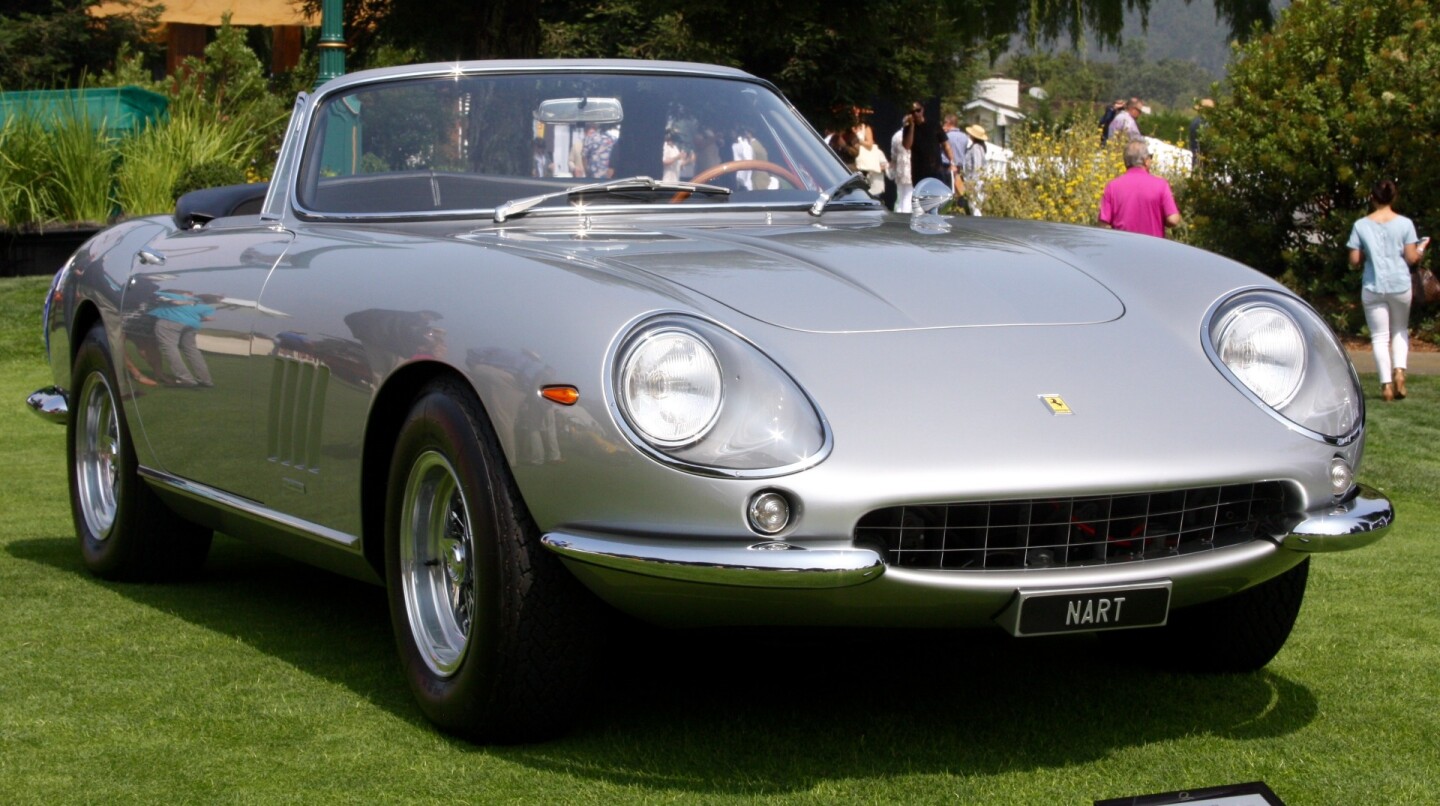
The special award for this segment of The Quail honoring The Great Ferraris was a 1967 Ferrari 275 GTB/4 NART Spyder from Dr. Richard Workman's Rare Wheels Collection in Florida. Workman has long wanted one of the 10 Spiders built for the North American Racing Team and was the underbidder on the NART Spider which sold for US$27.7 million at the official Pebble Beach auction in 2013, and currently sits at #6 on the all-time list of most expensive cars sold at auction. Workman reportedly paid $28 million in 2014 for #10749, the ninth of the 10 cars built, and has previously shown the car at Amelia Island in 2015 and Pebble Beach in 2014.
The Ferrari awarded the Octane Choice Award (chosen by the editors of Octane Magazine), was particularly fitting on a host of levels.

Firstly, the car seen here with custodian Sir Michael Kadoorie saying thanks to the powers that be, is Ferrari 250 Testa Rossa #0728TR, the car which won the 1958 24 Hours of Le Mans in the hands of Phil Hill and Olivier Gendebien.
Originally sent from the factory to the North American Ferrari distributor, Luigi Chinetti, this one-of-twenty Ferrari 250 TR has a spectacular in-period racing history, having finished third in the 1958 Targa Floria with Mike Hawthorn andWolfgang von Trips driving, then fifth in the 1958 1,000 km Nurburgring race with Wolfgang Seidel andGino Munaron behind the wheel.
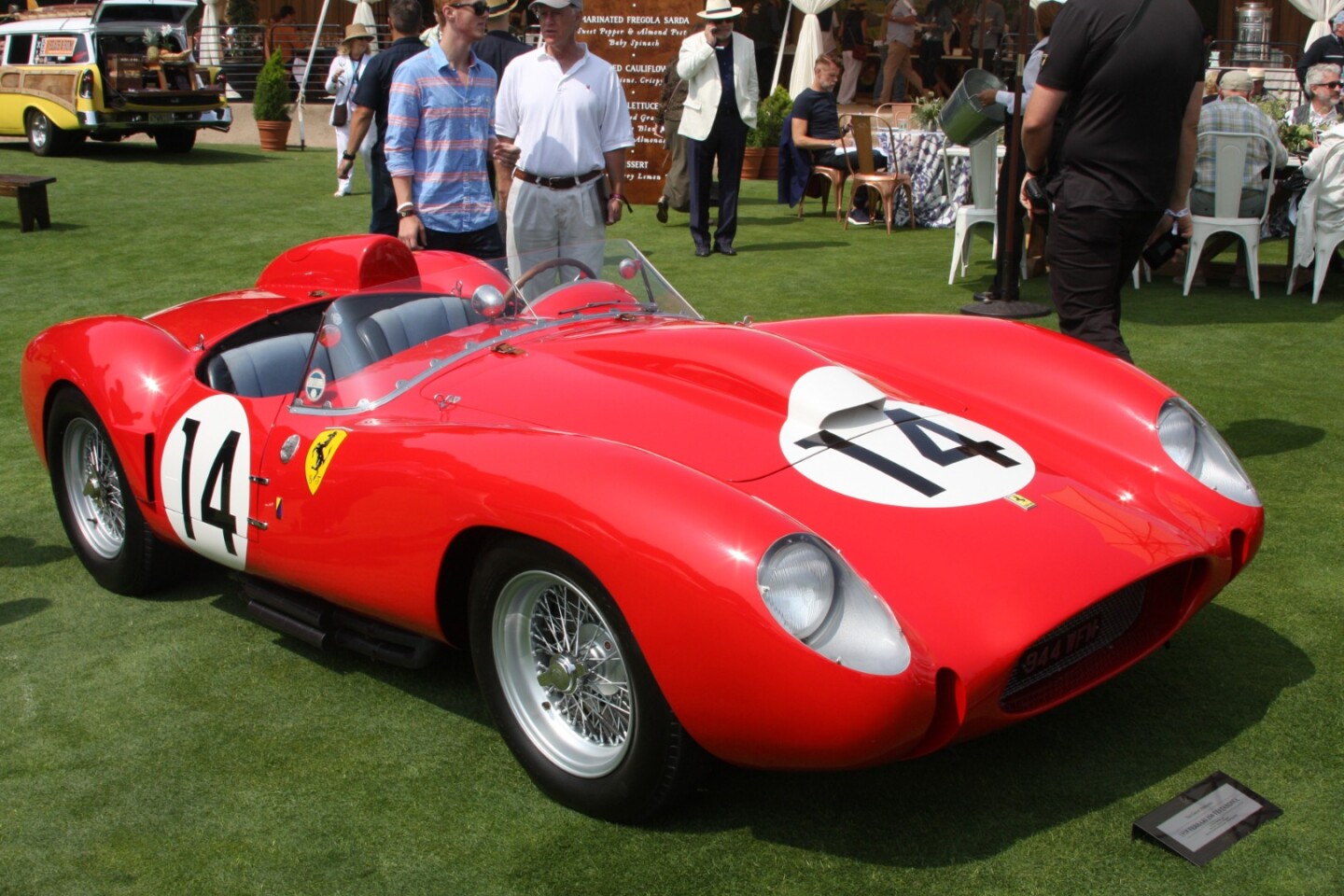
The car was then purchased by Don Pedro Rodríguez for his son, the sublimely talented Pedro Rodríguez, to campaign in the Americas, before being passed on to several other American racers who raced it successfully until 1962, by which time it was running a Chevrolet V8 engine.
The engine and chassis were eventually reunited and the car passed into the hands of Pierre Bardinon. Bardinon assembled the fabled Mas du Clos Collection (as signified by this small badge on the side of the car), built his own racetrack and .. more details on Bardinon's collection, and the symbiosis and paired ownership trend between the 250 TR and closely related 250 GTO in this recent feature The Quest for the Holy Grail.
Though there were only 20 Testa Rossas built, 14 of the owners also own a Ferrari 250 GTO. The car was sold to Sir Michael Kadoorie for a reported $25 million in 2012 when Bardinon passed away.
The Honorary Sir Michael Kadoorie is a name that may not be well known to motorsport fans, but it one of immense gravitas in collector car circles, and he would not normally be honored at an event such as this because he was the co-founder of the Quail, and owns the Quail Lodge and Golf Course on which the Quail Motorsport Gathering is held.
Kadoorie's influence and dedication to automotive provenance runs much deeper, as he is the conceiver and founder of the Peninsula Classic Best-of-the-best award, which is the unofficial world championship for collector cars. Hong-Kong-based Kadoorie is also the chairman of CLP Group and runs Hongkong and Shanghai Hotels, which owns among many other elite hotels, the Peninsula Classic chain.
Spirit of The Quail
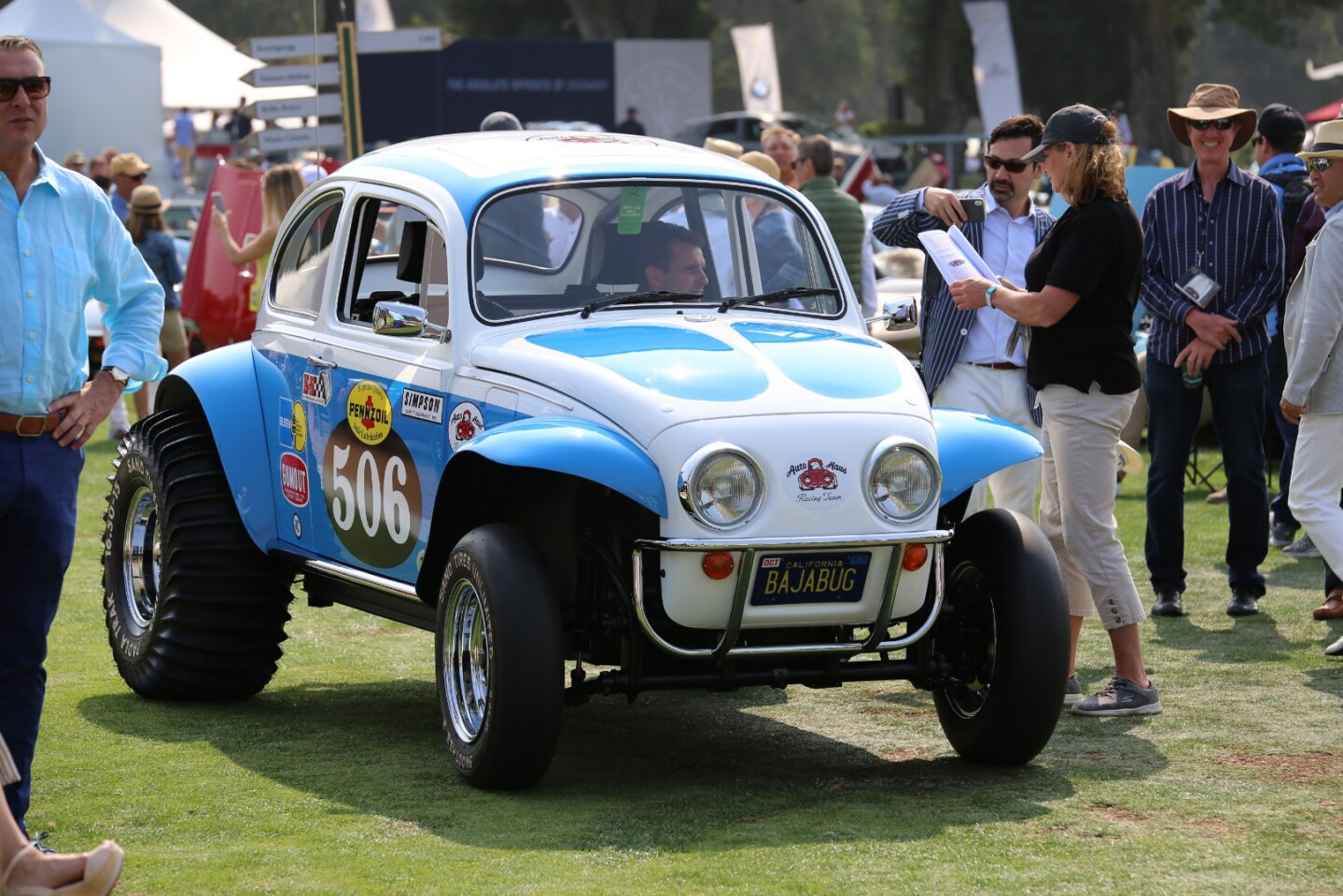
It is remarkable that a car such as the 1979 Tamiya Sand Scorcher exists at all, but in winning the "Spirit of the Quail" award, it highlights both the slightly eccentric and historically respectful nature of this unique event, and the degree to which its existence can honor the technologies which have contributed to society.

The original Sand Scorcher was built in 1979 as a remote control 1:10 scale model by Tamiya, and it was a landmark product in the RC field as it was over-engineered and built to last, and has become the most collectible of any historical model in the RC field. Just as the Ferrari 250 GTO and McLaren F1 have emerged as the most desirable collectible models for automotive enthusiasts, the Tamiya Sand Scorcher has emerged as a landmark model which inspired the youth of the eighties to develop skills which added to society on a grand scale later in life. So successful and sought-after was the Sand Scorcher that Tamiya re-issued the model 30 years later.
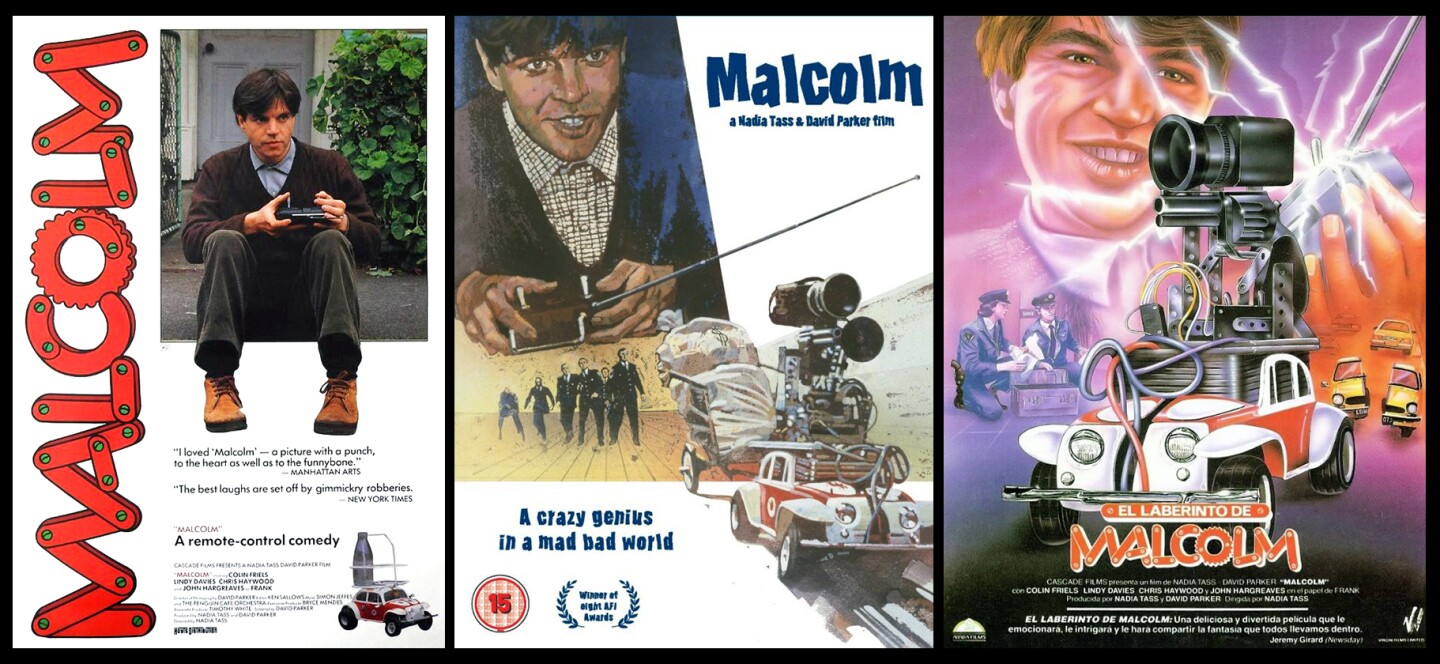
One other notable media appearance propelled the cult following of the Tamiya Sand Scorcher to global proportions, and that was the release of a small budget Australian film named Malcolm in 1986. Between becoming the "holy grail" of collectible RC cars, and featuring in a movie which achieved cult status with the "makers" of the eighties ... it became a modern classic collectible.
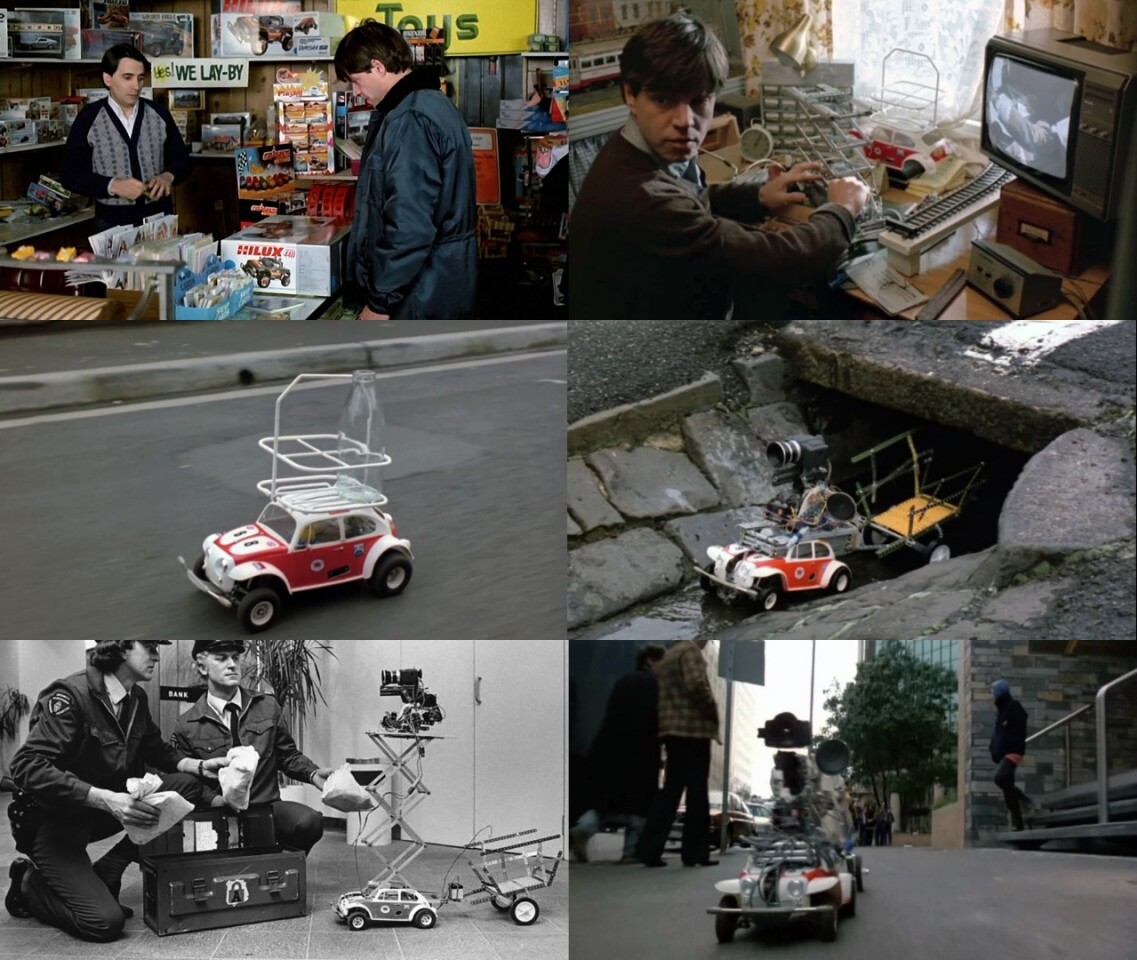
Malcolm is a socially awkward mechanical genius who builds things and, in the film, Malcolm buys a Sand Scorcher kit and after initially fitting it with a camera so it can go to the local store and buy milk for him, he gets led astray, and Malcolm's Sand Scorcher is used to rob a bank. The film proved to have enormous appeal to the geeks of the world before game consoles, computers and the internet came along, propelling international release and launching the film careers of several notables.

Hence the 1:1 scale car shown at the Quail was derived as a fully-functioning perfect replica of the original 1:10 RC model – the exact opposite of what normally happens.
The people who built it are equally as remarkable, being Dean Lanzante and Daniel Fabricated by Lanzante, which was part of the team involved in winning Le Mans with the McLaren F1 in 1995, and most recently has been making McLaren P1 GTRs legal for road use, not to mention breaking the Nürburgring lap record.
The full-sized Tamiya Sand Scorcher was first exhibited at the 2017 Goodwood Festival of Speed (see YouTube clip above) but if you want to hear the rationale behind it and interviews with Dean Lanzante, this video on the Goodwood Festival of Speed site includes the complete back story.
FIVA award

The Fédération Internationale des Véhicules Anciens (FIVA) award went to a 1970 Datsun 240Z (also known as Nissan S30 and Nissan Fairlady Z) owned by Eric Breslow of Nevada. It's perhaps not the first vehicle one might think of when the worldwide association of historic automobile clubs is mentioned, but vehicles don't need to be ancient to have been significant milestones in the history of the automobile, and the price, performance and modern engineering of the 240 Z did a great deal to legitimize Japanese automobiles beyond economical transportation, at the same time as offering the first truly affordable modern sports car to a new generation of baby boomers.
Sports & racing motorcycles
It may not be everyone's idea of a sports motorcycle these days, but this 40 hp 1947 Indian Chief was one of the fastest and most revered sports bikes in the immediate post-WW2 period, with a 74ci (1,210cc) engine and those gorgeous valenced art deco fenders.
The Indian Chief was first produced in 1922, and continued to be developed for a remarkable 31-year run, right up until the Springfield, Massachusetts factory shut its doors in 1953. The resurrection of the marque, after several false starts, is now complete, and the iconic Chief name is now worn by thoroughly modern motorcycles. This 1947 model was presented at the Quail by Arjun Oberoi of Delhi.
The Great Lancias
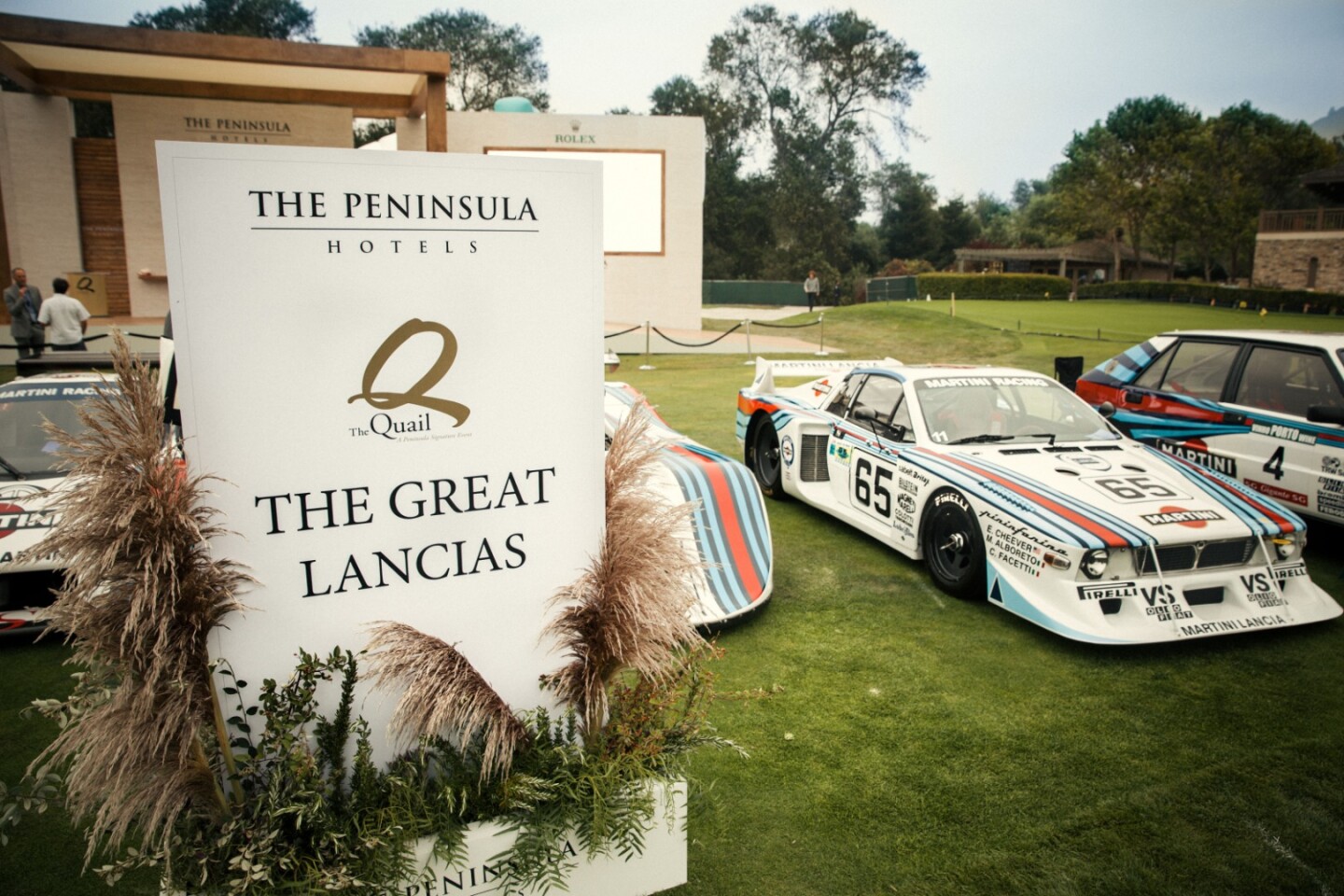
Another of the many facets of the Quail diamond was the celebration of the great Lancia sportscars of the seventies and eighties, and this 1981 Lancia Beta Monte Carlo Turbo was the ultimate winner of a special class for the occasion.
It took a class win in the 1981 24 Hours of Le Mans after mechanical issues had plagued its early attempts at endurance racing and was detuned to 370 hp for the race to ensure reliability from the 1,425cc four-cylinder engine.

This car was campaigned by Lancia Corse in the World Championship of Makes throughout the 1981 season, in which it was driven at Monza by Piercarlo Ghinzani/Andrea de Cesaris (for 13th outright), at Nurburgring by Riccardo Patrese/Eddie Cheever (for 11th outright) and at Le Mans by Eddie Cheever/Michele Alboreto/Carlo Facetti (for 8th outright and first in the 2 liter class), the livery in which it was presented at the Quail).
It was sold at a Bonhams auction in 2007 for €225,000 (US$443,080) to an Italian collector, and acquired by the current owners John & Suzanne Campion of Florida two years ago. Since then, it has been a regular at international classic meetings across the world, competing in the Le Mans Classic twice, Jarama Classic twice, Imola Classic, Dix Mille Tour, Grand Prix de l'Age d'Or, Spa Classic and Hungaroring Classic.
Post-War racing
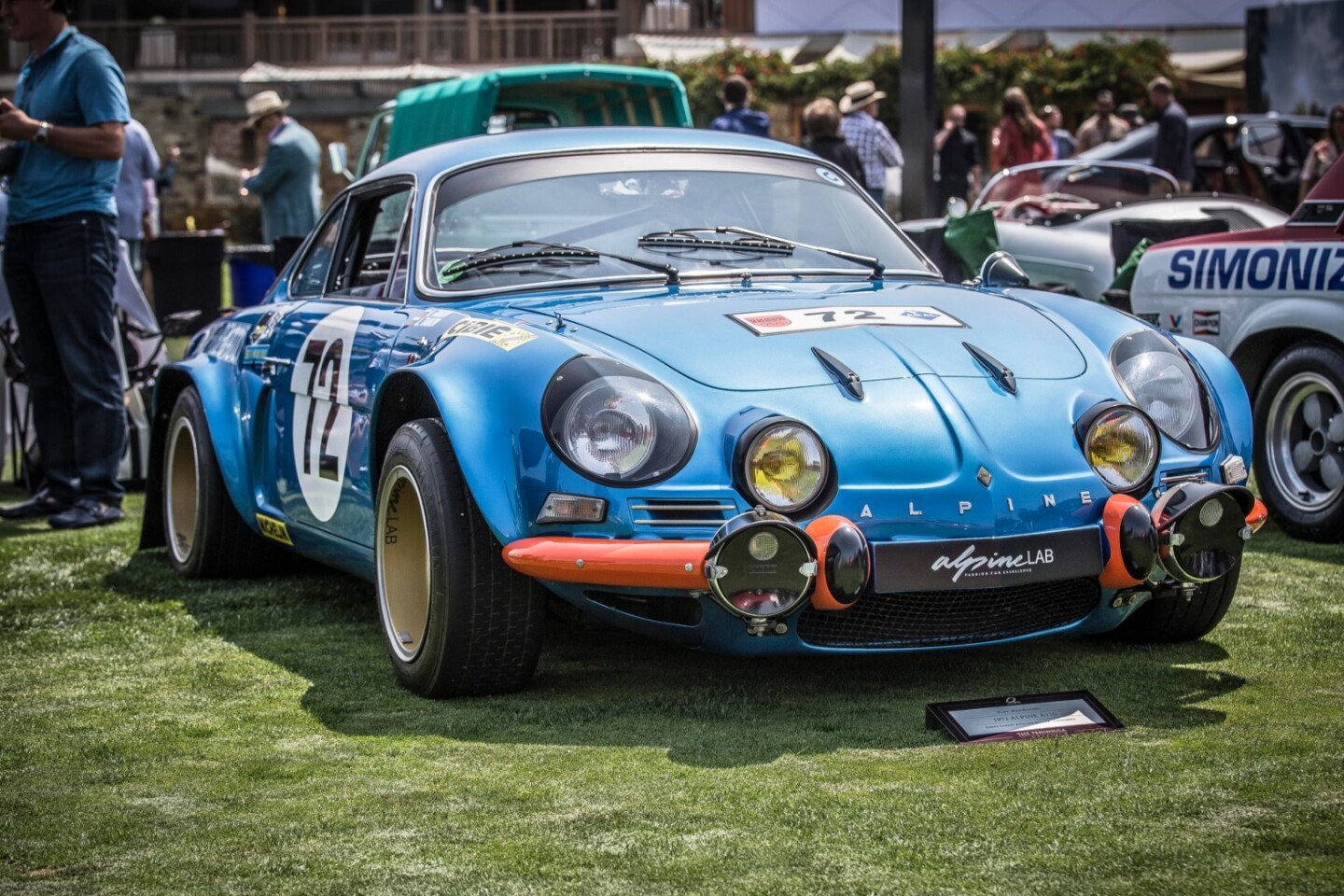
A pristine example of the Alpine A110 at the height of its rally powers, this is one of the former factory rally team cars of 1972, owned and shown at the Quail by Joseph Gabany of California. The history of the car, and how it went missing in Bulgaria for many years, only to be found and restored to perfection, is told in full at the alpineLAB site, complete with many historic competition images and many detailed images of the restoration work.
Pre-War sports & racing cars

The winner of this category was a 1929 Riley Brooklands Special (the blue car at right), with another of the category contestants being the yellow 1935 Morgan F2 at left. The Riley Nine was produced in Coventry, England between 1926 and 1938 and the Speed Model, which was also known as the Brooklands, was produced between 1927 and 1931 with a tuned version of the 1087cc producing 50 hp (37 kW). Just in case you're thinking this is a geriatric car with a slowpoke 1100cc engine, the car won its first race in 1927 at Brooklands at an average speed of 91.37 mph, also setting the fastest lap at 98.62 mph.
The aluminum-bodied Riley then proceeded to dominate racing during the thirties, particularly in club events in England, and the model was particularly good at long distance events where its low frontal area and economical and reliable engine enabled it to run quickly for long periods without needing to stop for fuel.
In 1932 alone, it took outright wins in the Junior Car Club's 1,000 Mile Race and the Ards Tourist Trophy Race, with second place outright in the Brooklands 500 Mile race.
Owned by Michael Potiker of La Jolla, California, this tiny sports car punched way above its weight in period, and has proven to be a favurite of Concours judges in recent times.
Other class wins
Post-War Sports 1945-1960
1946 MG TC
Owner: Michael Coit
From: Texas
Post-War Sports 1961-1975
1966 Lamborghini 400 GT
Owner: Robert Ross
From: California
Supercars
2018 Ford GT
Owner: Fred Donner
From: New York
Custom Coachwork
2012 Aston Martin V12 Zagato
Owner: Russell Steiner
From: Montana
50th Anniversary of the Lamborghini Espada & Islero
1969 Lamborghini Islero
Owner: Dr. Perry Mansfield
From: California













































